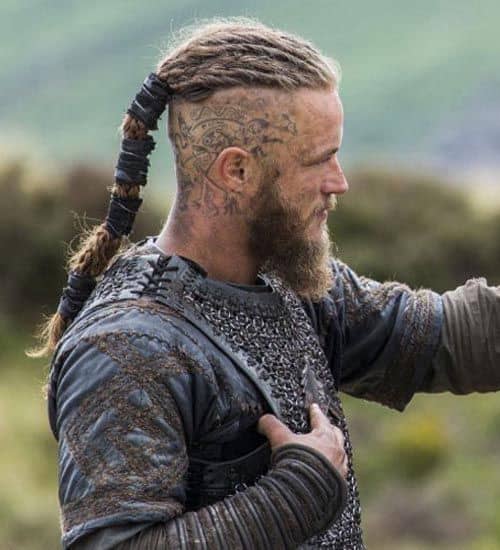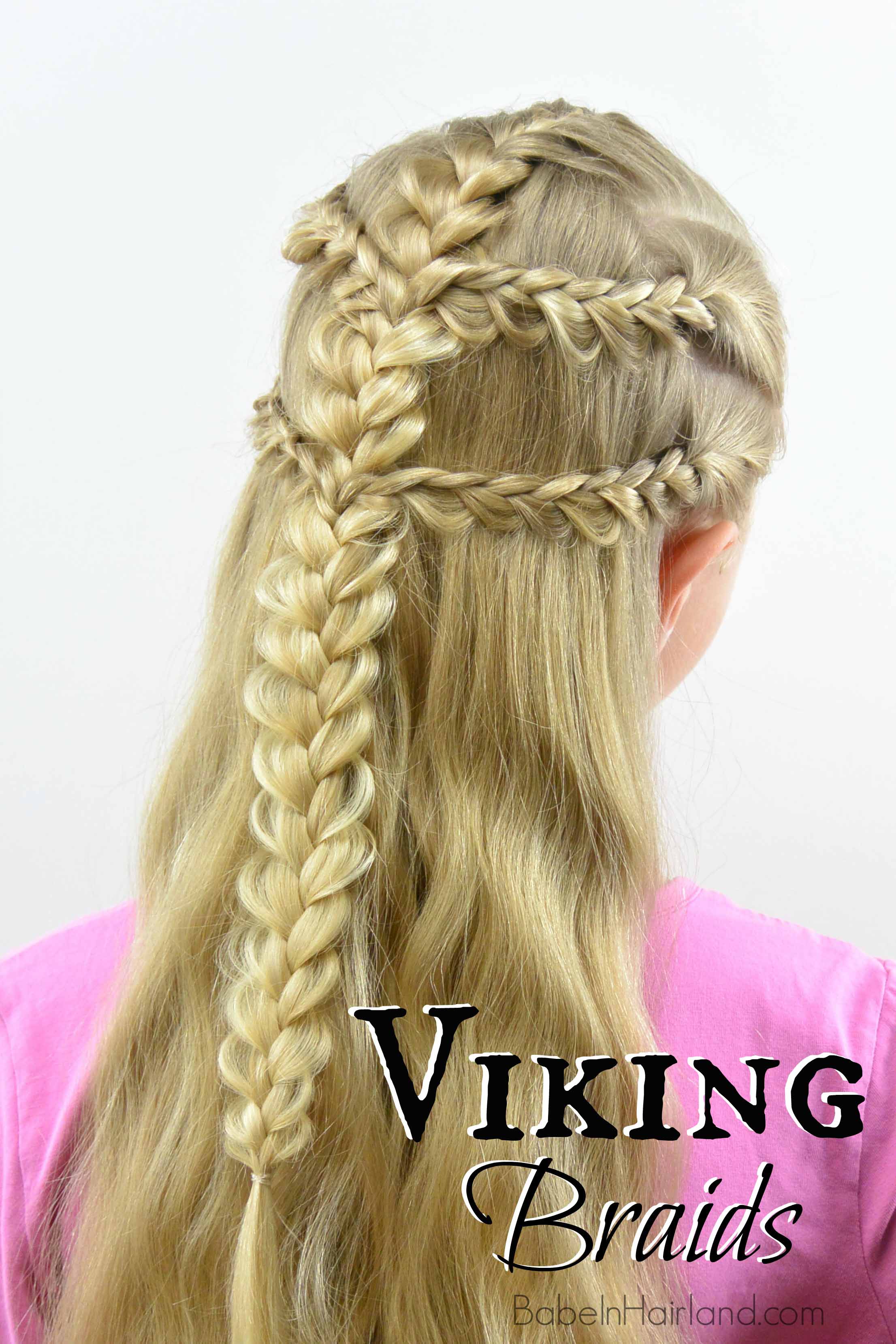Exemplary Info About Did Vikings Actually Braid Their Hair Classic Hairstyles For Medium Women

By 900, it had become universal throughout scandinavia.
Did vikings actually braid their hair. Some historians believe that the vikings may have had a distinct way of braiding their hair or arranging and growing it into dreadlocks. They braided their hair and wore it in the danish fashion, which was one of a cleanly shaven and bare neck, leaving the length of the vikings hair to be knotted above the hairline, or tossed gracefully forward, ‘blinding’ the eyes. They also used braids to decorate their helmets and shields.
While viking beards and braids were certainly iconic, the vikings had a holistic approach to grooming that extended beyond their hair. The most popular hairstyle among viking men was the “rattail,” a long braid at the back of the head. This was used in their beards as well, and had the benefit of killing hair lice (a very common problem at the time).
In particular, there is evidence of early cultures that practiced a form of hair braiding in the scandinavian region, but whether those traditions survived to the viking age is unknown. Braids were one of the most ubiquitous elements in viking hairstyles. Braiding hair became fashionable among norsemen in about ad 700;
Other hairstyles existed in norse culture. They probably had them more than any other people of that time. They symbolized societal status, and distinct designs emerged for both genders.
It is uncertain whether vikings wore braided hair, but it seems likely. Throughout viking history, braids were more than just hair management tools; [5] did vikings braid their beards?
Braiding was a common technique for both men and women. However, historical sources suggest that vikings were actually quite meticulous in their grooming practices. Men often wore their hair in a simple, untamed style, while women created intricate braids, often adorned with jewelry or beads.
Did vikings braid their hair? Did vikings color their hair? Vikings were known to use strong soaps made of ashes and animal fats, which had a high lye content that bleached their hair.
It was probably tied into a knot on the back of the head, and the knot may have been decorated with coloured tape, which was braided into the hair. The viking men wore long, tight hair to keep it out of their eyes while on campaign or raiding. Leaving their hair loose or in braids could signify their unmarried status.
The women also wore a bonnet or a scarf around their heads. Once a viking female was married, evidence supports the shift to wearing her hair in a twist or knot at the top of her head. Many viking men sported a hairstyle known today as a “reverse mullet,” whereby hair was allowed to grow long in the front but was cut short or even shaved in the back of the head.
For example, certain viking men often wore their hair at shoulder length, and their haircuts likely differed between social classes. The women’s hair was usually long. In viking society, women wore their hair long as a sign of status and to be appreciated for its beauty.























